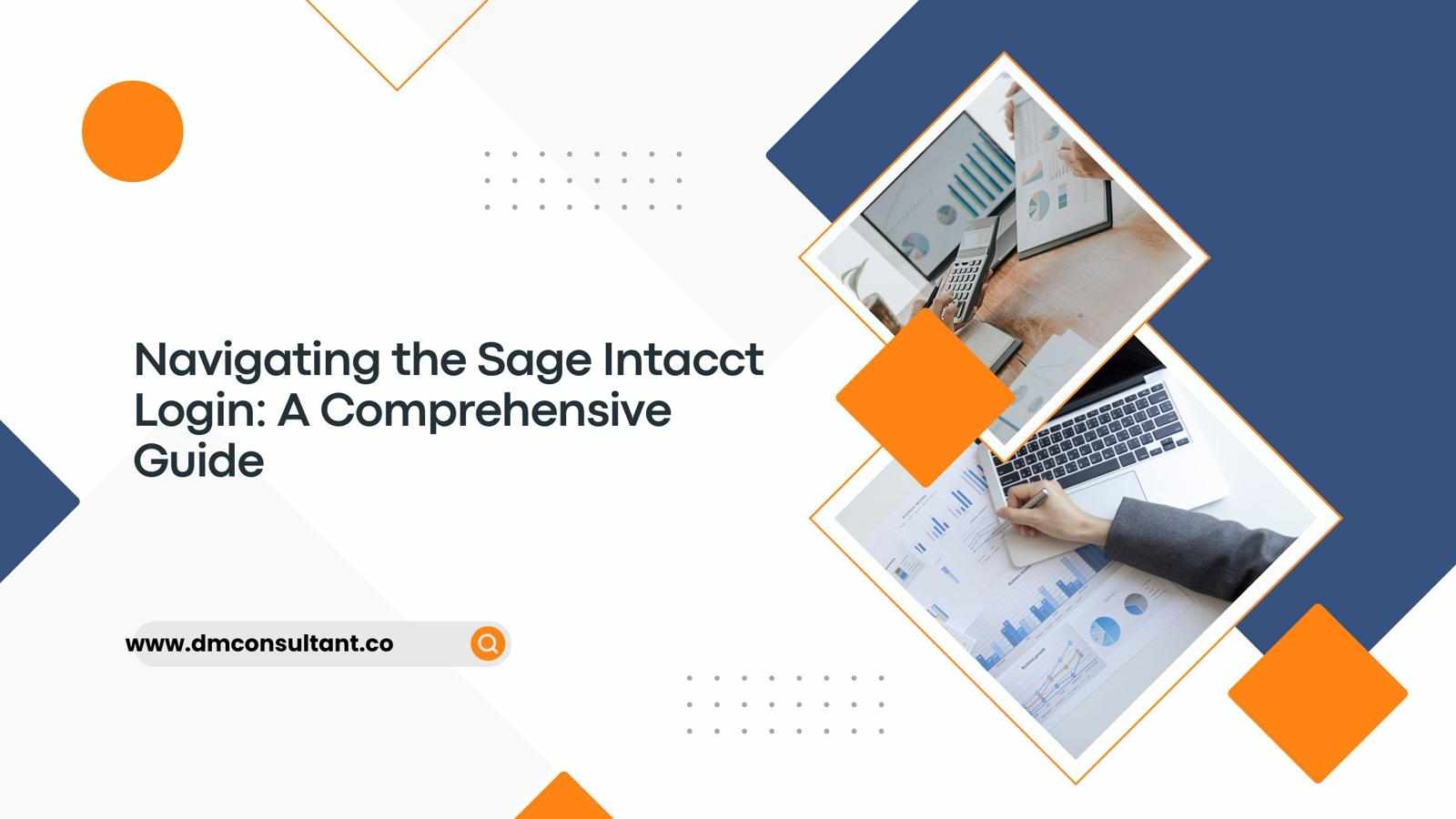.jpg)
Sage Intacct is a powerful cloud-based financial management solution known for its flexibility and robust features. One of its standout capabilities is the ability to integrate seamlessly with various applications through the Sage Intacct Connector. This guide will delve into the details of Sage Intacct Connector Integration, providing you with the knowledge to enhance your financial management operations effectively.
Understanding the Sage Intacct Connector
The Sage Intacct Connector is a tool that allows you to integrate Sage Intacct with other business applications, such as CRM systems, e-commerce platforms, payroll software, and more. This integration enables the automated flow of data between systems, reducing manual data entry, minimizing errors, and improving overall efficiency.
Benefits of Integrating with Sage Intacct
Automated Data Synchronization: Eliminate the need for manual data entry by automatically syncing data between Sage Intacct and other applications.
Improved Accuracy: Reduce errors caused by manual data handling and ensure consistent, accurate data across all integrated systems.
Enhanced Reporting: Gain a comprehensive view of your financial data by consolidating information from various sources, leading to more informed decision-making.
Time Savings: Free up valuable time for your finance team to focus on strategic tasks rather than repetitive data entry.
Key Integration Scenarios
CRM Integration: Sync customer data, sales orders, and invoices between your CRM system (e.g., Salesforce) and Sage Intacct to streamline your sales and accounting processes.
E-commerce Integration: Connect your e-commerce platform (e.g., Shopify) to Sage Intacct to automatically import sales transactions and manage inventory.
Payroll Integration: Integrate your payroll system (e.g., ADP) with Sage Intacct to ensure accurate payroll data and simplify payroll processing.
Expense Management: Integrate expense management tools (e.g., Expensify) to automate expense reporting and reimbursement processes.
Also Checkout -> Sage Intacct Service Trade Integration
Steps to Set Up Sage Intacct Connector Integration
Evaluate Your Needs: Determine the specific business applications you need to integrate with Sage Intacct and outline the data flows you want to automate.
Choose the Right Connector: Select a Sage Intacct Connector that supports the applications you want to integrate. Popular connectors include Zapier, Workato, and custom-built APIs.
Configure the Connector:
Access the Connector Platform: Log in to the connector platform you’ve chosen.
Connect Applications: Follow the platform’s instructions to connect Sage Intacct with your other business applications. You will need to provide API keys or login credentials for both systems.
Map Data Fields: Define how data fields in Sage Intacct correspond to fields in the other application. This mapping ensures that data is correctly transferred between systems.
Set Up Triggers and Actions: Configure triggers (events that start the data transfer) and actions (tasks performed when the trigger occurs) to automate data synchronization.
Test the Integration: Perform thorough testing to ensure that data flows correctly between systems. Check for accuracy and completeness of data transfer.
Monitor and Maintain: Regularly monitor the integration to ensure it continues to function as expected. Make adjustments as necessary and keep connector software up to date.
Best Practices for Successful Integration
Plan Thoroughly: Clearly define your integration goals and the data flows you want to automate. Involve stakeholders from both IT and finance departments in the planning process.
Ensure Data Compatibility: Make sure the data formats and structures in Sage Intacct and the other applications are compatible. Use data transformation tools if necessary.
Secure Your Data: Implement robust security measures to protect sensitive financial data during transfer. Use encryption and secure authentication methods.
Regular Backups: Perform regular backups of your data to prevent data loss in case of integration issues.
Continuous Monitoring: Keep an eye on the integration’s performance and address any issues promptly. Regular audits can help ensure data integrity.
Troubleshooting Common Issues
Connection Errors: Ensure that API keys or login credentials are correct and have the necessary permissions. Check network connectivity and firewall settings.
Data Mapping Issues: Verify that data fields are correctly mapped and that data types match. Adjust mappings as needed to resolve discrepancies.
Incomplete Data Transfers: Check for data limits or throttling imposed by the connected applications. Ensure that all necessary data fields are included in the integration.
Synchronization Delays: Identify any scheduling conflicts or system delays that might be causing slow data transfers. Adjust trigger settings to improve synchronization speed.
Conclusion
Integrating Sage Intacct with your business applications using the Sage Intacct Connector can significantly enhance your financial management operations. By automating data flows and ensuring accurate, consistent data across systems, you can streamline processes, improve decision-making, and save valuable time. With careful planning, configuration, and ongoing monitoring, you can achieve a seamless and effective integration that supports your business goals.
Stay tuned for more in-depth guides on leveraging Sage Intacct’s powerful features to optimize your financial management strategies.


















Write a comment ...